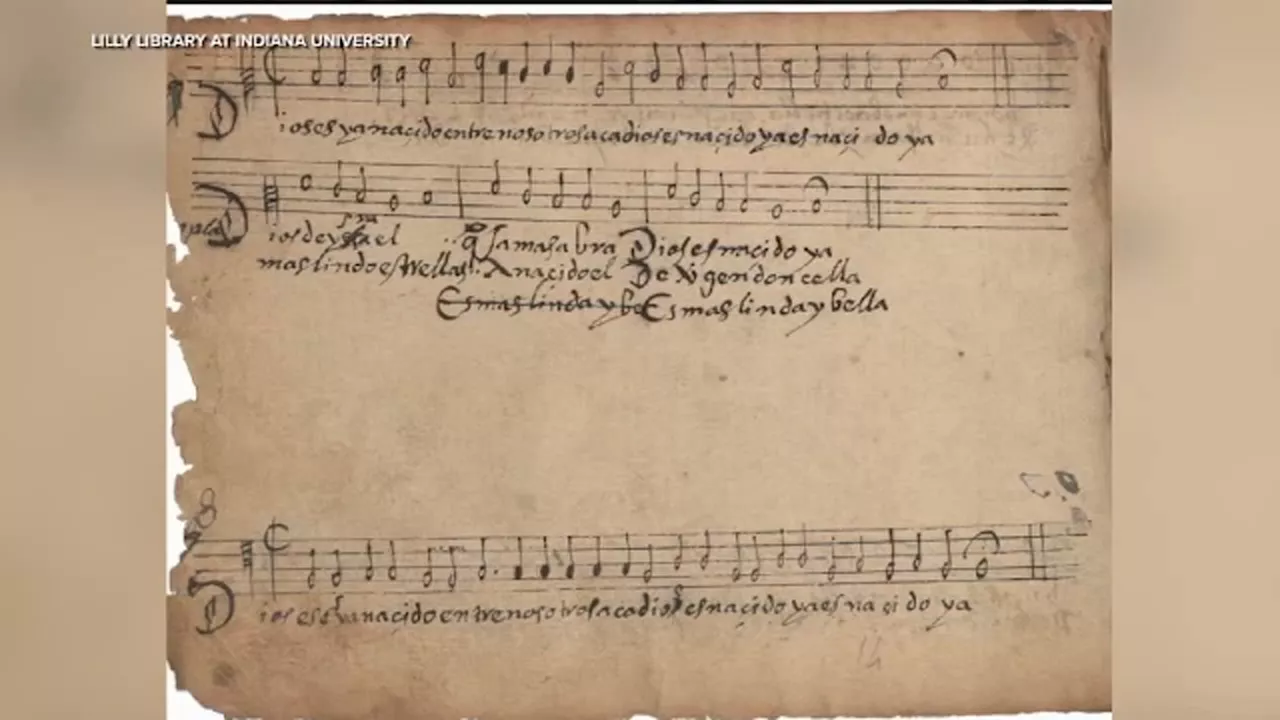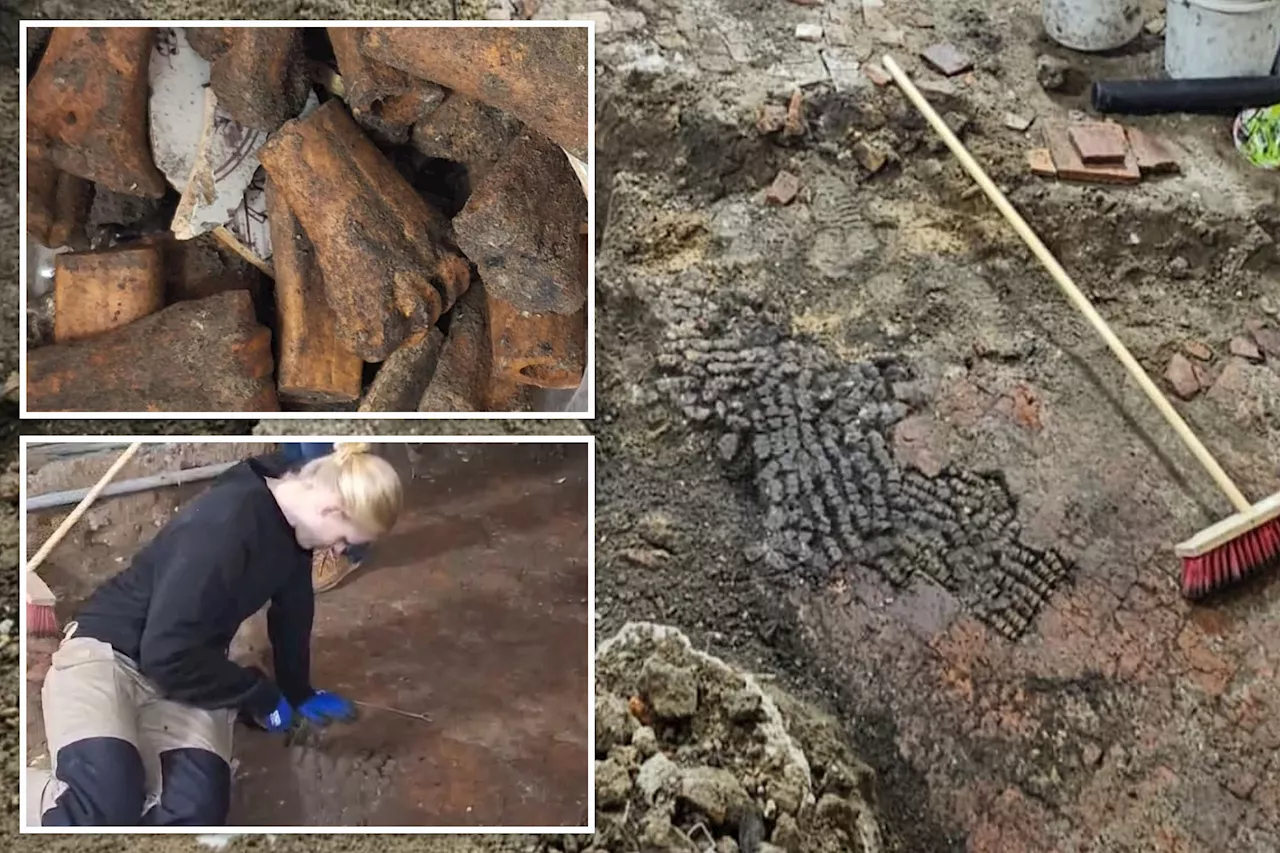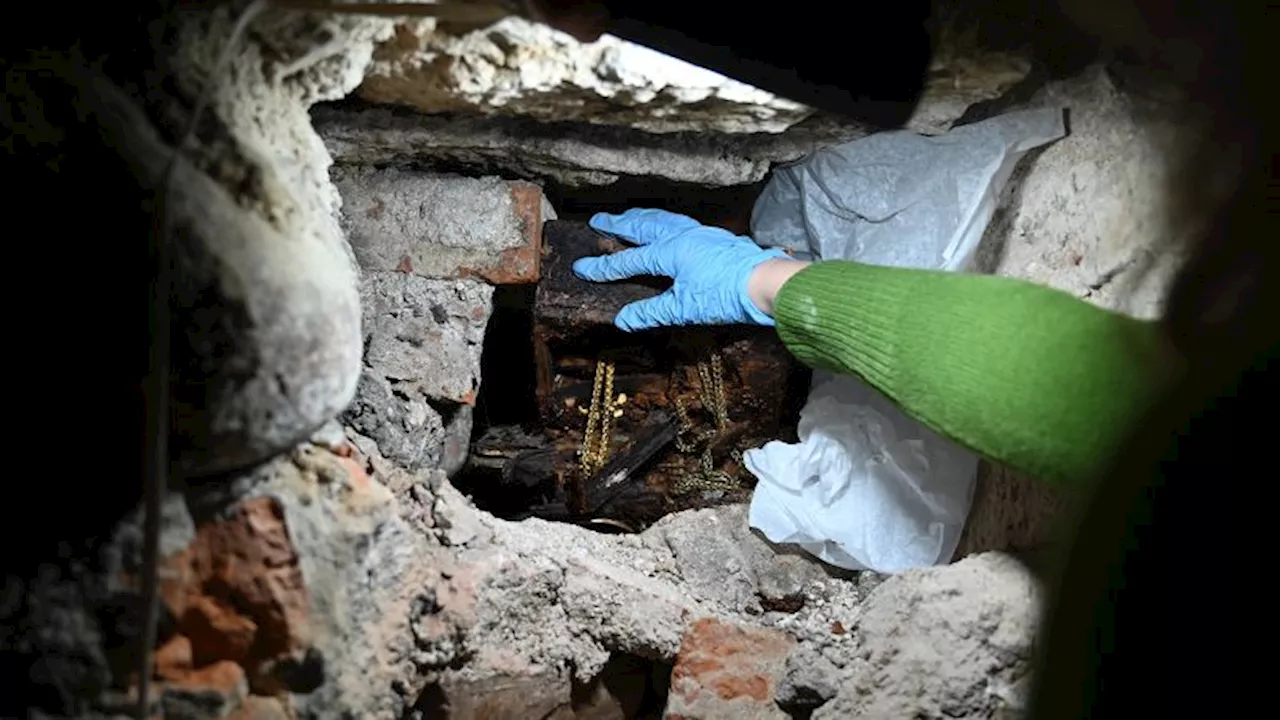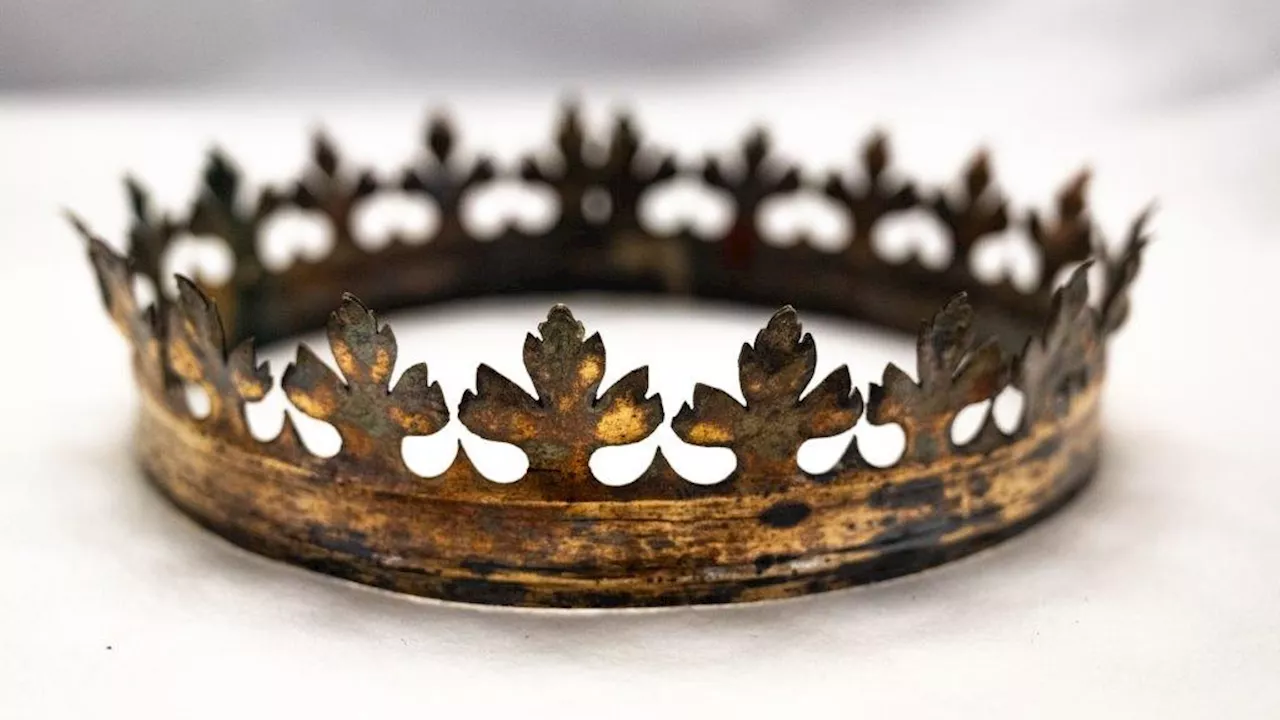A collection of gold crowns, rings, and other royal regalia, missing since World War II, has been found hidden in a niche beneath a staircase in Vilnius Cathedral. The treasures, originally placed in the sarcophagi of three 16th-century rulers, were recovered using an endoscopic camera and provide valuable insights into the history of the Grand Duchy of Lithuania.
The ultimate action-packed science and technology magazine bursting with exciting information about the universeEngaging articles, amazing illustrations & exclusive interviewsA set of 16th-century royal burial regalia concealed in a niche under a staircase for nearly a century has been recovered from the Vilnius Cathedral in Lithuania. The gold crowns, rings and other accessories have been missing since 1939, when they were hidden at the start of World War II.
A team of experts found the objects on Dec. 16 while using an endoscopic camera to peer into holes, fissures and cavities in the walls of the cathedral's underground chambers. The discovery was announced at a press conference Monday . In an email to Live Science, Mykolas Sotincenka, coordinator of the Vilnius Archdiocese's communications, explained that the treasures were initially collected in 1931 after a flood damaged the cathedral's crypt, revealing the sarcophagi of three key 16th-century rulers in their burial finery.
The royal insignia — which had been made for funerary purposes and placed into the sarcophagi at the time of their burial — included several crowns, rings, chains, a scepter, an orb and coffin plaques that identified the rulers asSign up for the Live Science daily newsletter nowContact me with news and offers from other Future brandsA newspaper dated September 1939 was wrapped around the royal accessories before they were hidden in a niche under a staircase in thecrypt.
Kristina Killgrove is a staff writer at Live Science with a focus on archaeology and paleoanthropology news. Her articles have also appeared in venues such as Forbes, Smithsonian, and Mental Floss. Killgrove holds postgraduate degrees in anthropology and classical archaeology and was formerly a university professor and researcher. She has received awards from the Society for American Archaeology and the American Anthropological Association for her science writing.
Lithuanian History Archaeology Royal Treasures Vilnius Cathedral Grand Duchy Of Lithuania
United States Latest News, United States Headlines
Similar News:You can also read news stories similar to this one that we have collected from other news sources.
 Chicago-area concerts to showcase 16th-century Christmas music after sheet music discoveryPopular Christmas music from many centuries ago hasn't been played in hundreds of years. The sheet music was kept in chests in Guatemala and eventually sold to Indiana University, where Northwestern Doctoral student Paul Feller-Simmons happened to discover it.
Chicago-area concerts to showcase 16th-century Christmas music after sheet music discoveryPopular Christmas music from many centuries ago hasn't been played in hundreds of years. The sheet music was kept in chests in Guatemala and eventually sold to Indiana University, where Northwestern Doctoral student Paul Feller-Simmons happened to discover it.
Read more »
 Lost Music from 16th Century Scotland Found in Ancient BookA fragment of music from the early 16th century has been discovered in the pages of Scotland's first full-length printed book, providing insights into the musical practices of pre-Reformation Scotland.
Lost Music from 16th Century Scotland Found in Ancient BookA fragment of music from the early 16th century has been discovered in the pages of Scotland's first full-length printed book, providing insights into the musical practices of pre-Reformation Scotland.
Read more »
 Bones found inside floor of 16th century Dutch building in red light district: reportToday's Video Headlines: 12/21/24
Bones found inside floor of 16th century Dutch building in red light district: reportToday's Video Headlines: 12/21/24
Read more »
 Royal treasures hidden since World War II recovered from cathedralHistorical treasures hidden for decades have been uncovered in the crypts of a cathedral, with items including burial crowns and insignia belonging to Medieval European rulers.
Royal treasures hidden since World War II recovered from cathedralHistorical treasures hidden for decades have been uncovered in the crypts of a cathedral, with items including burial crowns and insignia belonging to Medieval European rulers.
Read more »
 Crown of Thorns returns to Notre Dame Cathedral in ParisThis is additional taxonomy that helps us with analytics
Crown of Thorns returns to Notre Dame Cathedral in ParisThis is additional taxonomy that helps us with analytics
Read more »
 'Crown of Thorns' returns to Notre Dame cathedral for public venerationAn ancient relic that many Christians revere as Jesus Christ’s “Crown of Thorns” is returning to Notre Dame, five years after it was saved from the flames of the cathedral’s devastating 2019 fire. The crown — a circular band of branches encased in a gilded golden tube — is being brought back to its historic home Friday.
'Crown of Thorns' returns to Notre Dame cathedral for public venerationAn ancient relic that many Christians revere as Jesus Christ’s “Crown of Thorns” is returning to Notre Dame, five years after it was saved from the flames of the cathedral’s devastating 2019 fire. The crown — a circular band of branches encased in a gilded golden tube — is being brought back to its historic home Friday.
Read more »
